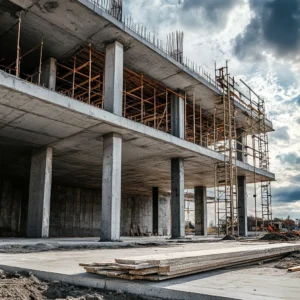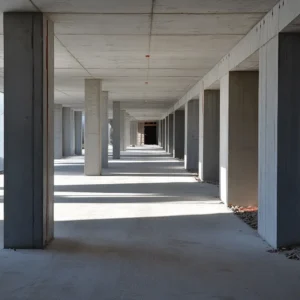Commercial Construction
Introduction to Fiber-Reinforced Concrete in Commercial Construction
Definition and Classification of Fiber-Reinforced Concrete
Fiber-reinforced concrete (FRC) incorporates various fibers into concrete to enhance its structural integrity. This includes fibers like polypropylene, polyester, steel, and cellulose, each adding unique properties that improve the concrete’s performance and durability.
Historical Development of Fiber-Reinforced Concrete
The evolution of FRC has been marked by significant technological advancements that have expanded its applications in commercial construction, from high-rise buildings to expansive shopping centers.
Material Characteristics of Fiber-Reinforced Concrete
Types of Fibers and Their Characteristics
- Polypropylene Fibers: Enhance durability and water resistance, ideal for moisture-prone areas.
- Polyester Fibers: Provide high tensile strength, suitable for load-bearing structures.
- Steel Fibers: Increase structural integrity and crack resistance, essential for foundational works.
- Cellulose Fibers: Offer environmental benefits and fire resistance, enhancing building safety.
Impact of Fibers on Concrete Performance
Incorporating these fibers improves the concrete’s crack resistance, reduces water permeability, and enhances flexural strength, making it ideal for commercial infrastructure.
Advantages of Fiber-Reinforced Concrete in Commercial Buildings
Enhancing Crack Resistance and Durability
The addition of fibers significantly reduces the formation of cracks and extends the lifespan of commercial structures, thereby reducing maintenance costs.
Improving Seismic Performance
Fibers like steel and polyester improve the concrete’s ability to withstand seismic activities, a crucial factor in areas prone to earthquakes.
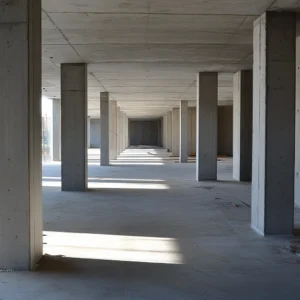
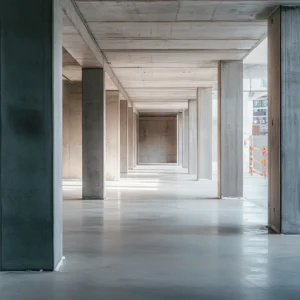
Design and Construction with Fiber-Reinforced Concrete
Design Principles for Fiber Concrete Mixes
The optimal mix design depends on the specific requirements of the project, balancing strength, ductility, and cost-effectiveness.
Considerations During Construction
Special attention is needed in the mixing and pouring of fiber-reinforced concrete to ensure even distribution of fibers and to achieve the desired properties.
Economic Analysis of Fiber-Reinforced Concrete
Cost-Benefit Analysis
While the initial costs may be higher, the long-term savings through reduced maintenance and longer lifespan justify the investment in FRC.
Maintenance Costs and Lifespan Comparison
FRC structures generally exhibit lower lifetime costs compared to traditional concrete due to their enhanced durability and reduced need for repairs.
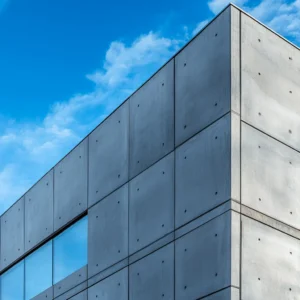

Future Trends and Challenges in Fiber-Reinforced Concrete
Environmental Considerations and Sustainability
The use of recyclable and natural fibers like cellulose aligns with the growing demand for sustainable construction materials.
Technological Innovations and Industry Standards
Continuous advancements in fiber technology and the updating of construction standards will further enhance the performance and scope of FRC applications.
Case Studies and Standards in Fiber-Reinforced Concrete
International Case Studies in Commercial Construction
Examples from around the world demonstrate the effectiveness and versatility of FRC in various commercial projects.
Application and Enforcement of Standards
Overview of global standards that govern the use of FRC in commercial construction, ensuring safety, reliability, and quality.

